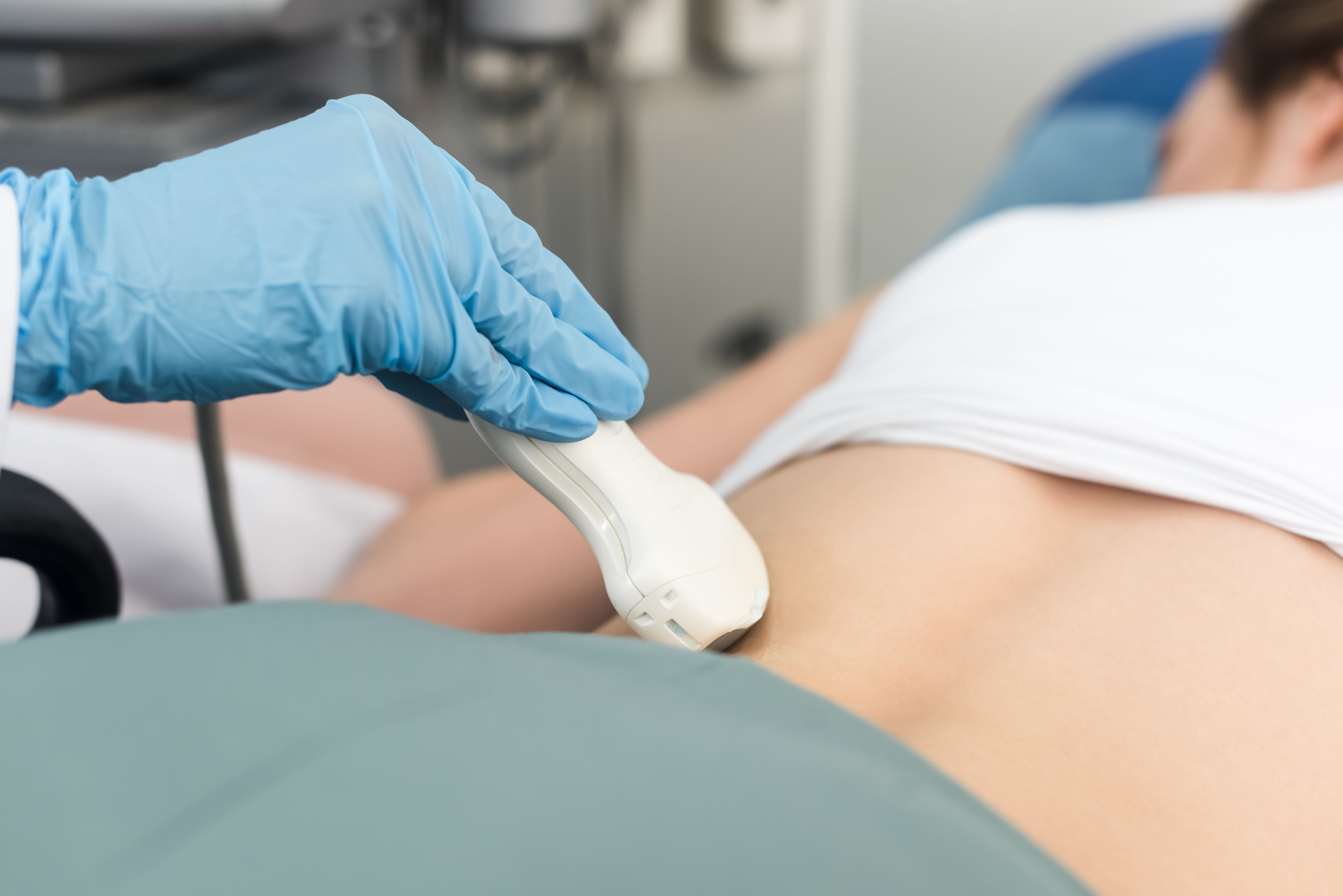5 Stages of Chronic Kidney Disease: Everything You Need to Know
Stage Three: The Turning Point—Warning Signs and Complications Begin

At stage three of chronic kidney disease (CKD), the damage to the kidneys has progressed to a moderate level, and this is often when symptoms start to appear. While some patients may still feel fine, others begin to notice signs that their kidneys are struggling. These can include swelling in the hands and feet, lower back pain, and changes in urination—either going more frequently or noticing a decrease in urine output. Doctors classify stage three into two phases: Stage 3a (eGFR between 45–59) andStage 3b (eGFR between 30–44).At this stage, the body can no longer compensate for declining kidney function, leading to complications like anemia (low red blood cells), high blood pressure, and even bone weakening due to mineral imbalances. Since these issues can quickly accelerate kidney decline, doctors typically recommend ACE inhibitors or ARBs (special blood pressure medications) to help protect kidney function. Now is also the time for serious dietary changes. Many patients begin working with a renal nutritionist to tailor their diet to reduce sodium, protein, and phosphorus intake—all of which can stress the kidneys. By making the right lifestyle choices at this stage, patients may slow progression and avoid moving into the more severe phases of CKD too quickly. Frequent kidney function tests become more important now, and working closely with a nephrologist is crucial for long-term planning.
Stage Four: The Last Stand—Critical Kidney Decline and Major Symptoms

Stage four chronic kidney disease is a serious wake-up call. At this point, kidney damage has become moderate to severe, and symptoms are no longer avoidable. Patients at this stage have an estimated glomerular filtration rate (eGFR) between 15 and 30, meaning their kidneys are operating at only a fraction of their normal function. The body struggles to maintain balance, and this leads to noticeable signs of kidney decline. Many patients experience extreme fatigue and persistent weakness, making daily tasks increasingly difficult. Nausea and a lack of appetite become more common, often leading to unintentional weight loss and malnutrition. Breathing may feel labored, and some people develop chest discomfort due to fluid buildup. Muscle cramps and restless leg syndrome are also frequent complaints, disrupting sleep and contributing to overall discomfort. The skin may become dry and persistently itchy, and swelling in the feet, ankles, and hands becomes more pronounced as the kidneys struggle to eliminate excess fluids.
